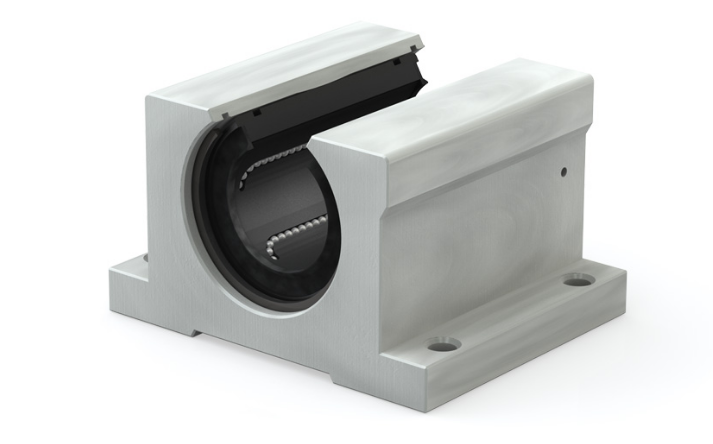Bearings form an essential part of many mechanical systems, and they exist in various types and configurations. But what unites them is the fundamental principle that governs their operation. This article explores that basic concept.
Introduction
Bearings, at their core, serve to reduce friction between moving parts within a system. By minimizing friction, they enable smooth motion, reduce wear, and enhance energy efficiency. The main principle lies in how they achieve this reduction in friction.
Types of Bearings
Different bearings achieve the objective of friction reduction in diverse ways. Here's a look at some common types:
- Ball Bearings: Ball bearings use small spherical balls to separate moving parts. The balls roll between inner and outer rings, thereby minimizing friction.
- Roller Bearings: Similar to ball bearings, roller bearings use cylinders instead of balls. The cylindrical shape allows for better load distribution.
- Fluid Bearings: These bearings rely on a thin layer of gas or liquid, such as air or oil, to support the load and reduce friction between surfaces.
- Magnetic Bearings: Magnetic bearings suspend the moving part in a magnetic field, which eliminates contact and consequently, the friction between surfaces.
- Plain Bearings: Plain or journal bearings depend on lubricants to create a slippery film between surfaces, facilitating smoother motion.
The Underlying Principle
The fundamental principle of all these bearings revolves around the substitution of sliding friction with a lesser form of friction, such as rolling or fluid friction.ShengBen . Sliding friction occurs when two surfaces slide against each other, while rolling friction is what takes place when objects roll over each other.
In ball and roller bearings, the rolling friction between the balls or rollers and the rings is significantly lower than the sliding friction that would occur without them.
Fluid bearings achieve a similar effect by introducing a fluid layer that separates the surfaces, dramatically reducing the sliding friction.
Magnetic bearings take this even further by entirely eliminating physical contact between the moving parts.
Maintenance and Application
The design, application, and maintenance of bearings hinge on understanding the type of loads, speeds, and environmental conditions they will experience. Regular inspection, proper lubrication, and timely replacement ensure that the bearings continue to perform their vital function effectively.
Conclusion
The basic principle of bearings lies in the reduction of friction through various means, depending on the type and application of the bearing. From mechanical giants like engines and turbines to everyday items like bicycles and fans, bearings quietly enable our modern life by allowing smoother, more efficient motion.
By understanding this core principle, engineers and technicians can select, design, and maintain bearings that will provide optimal performance in a multitude of applications.
